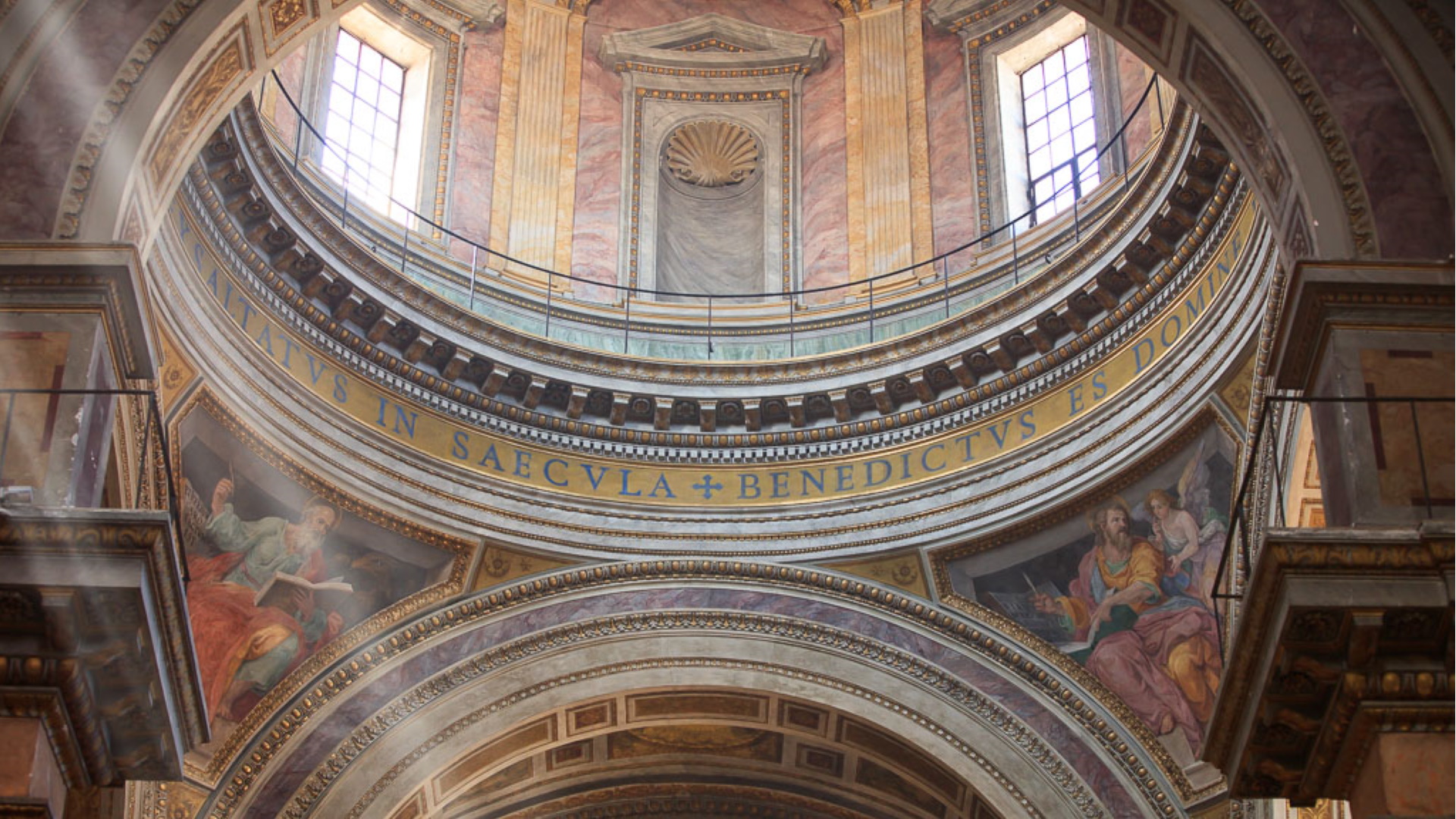
Close to important monuments such as Palazzo Farnese and a few blocks away from Ponte Sisto and via Giulia, in the Regola district, the church stands on the site of the oldest “San Benedetto de Arenula”. In 1558 Pope Paul IV donated it to St Philip Neri and his charitable brotherhood in favor of the pilgrims, the poor and sick. Its present name and appearance is thus linked to the Archconfraternity of the Pilgrims and Convalescents of the Holy Trinity, which at the end of the 16th century started its reconstruction due to the very bad condition of the old church.
Its rebuilding was initially entrusted to the architect Martino Longhi the Elder; after his death, works were interrupted and resumed in 1603 under the direction of Giovanni Paolo Maggi, a little-known architect. In 1616, the church, also equipped with a simple dome with a graceful lantern on top and two bell towers, was officially consecrated. The present tall façade, slightly concave and adorned with stucco statues of the four Evangelists, was added about a century later on a design by Francesco De Sanctis, the architect who was also responsible for the Spanish Steps in collaboration with Alessandro Specchi. Structurally the church has a central nave with side aisles, but the latter are divided into three chapels on each side. The present appearance of the interior results from the early 19th century restoration by Antonio Sarti. It houses numerous works of art, including the altarpiece by Guido Reni depicting the Holy Trinity that was painted in 1625, allegedly only in twenty-seven days; the marble group of “St. Matthew and the Angel”, made by the Flemish Jacob Cobaert and the Tuscan Pompeo Ferrucci; and the Madonna and Child with Saints by Cavalier d’Arpino. In the chapel of the left transept, there is the small icon of the Madonna “Auxilium Christianorum”, Our Lady Help of the Poor: the fresco came from an outside wall of the Palazzo Capranica and is in bad condition.
A huge hospice was annexed to the church: largely demolished in 1940, it had been built in 1625 during the Jubilee of that year and became the hub of religious hospitality in Rome, accomodating in the approximately two hundred years in which it remained in operation until 400,000 people. In 1849, during the clashes with the French army in defense of the Roman Republic, the hospice was transformed into a military hospital, actually run by Princess Cristina Trivulzio of Belgiojoso together with other Italian patriots and the American journalist Margaret Fuller Ossoli. The hospital assisted more than 1,500 wounded, including Goffredo Mameli, author of the words of the Italian National Anthem who died here at the age of 21.
Rione VII - Regola
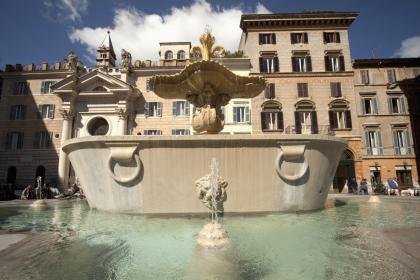
Palazzo Farnese
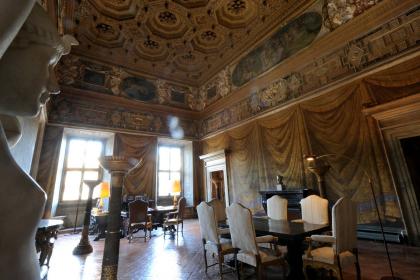
 Condividi
Condividi
Sixtus Bridge
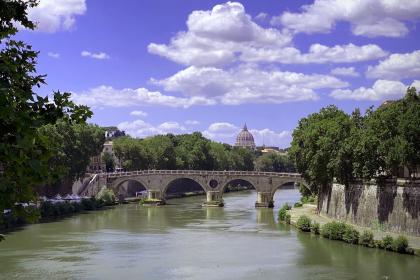
 Condividi
Condividi
Campo de’ Fiori
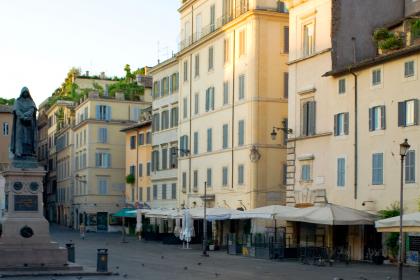
 Condividi
Condividi
Information
For the timetable of the masses and visiting conditions, please consult the contacts.
 Condividi
Condividi
Location
To find out about all accessibility services, visit the Rome accessible section.











































